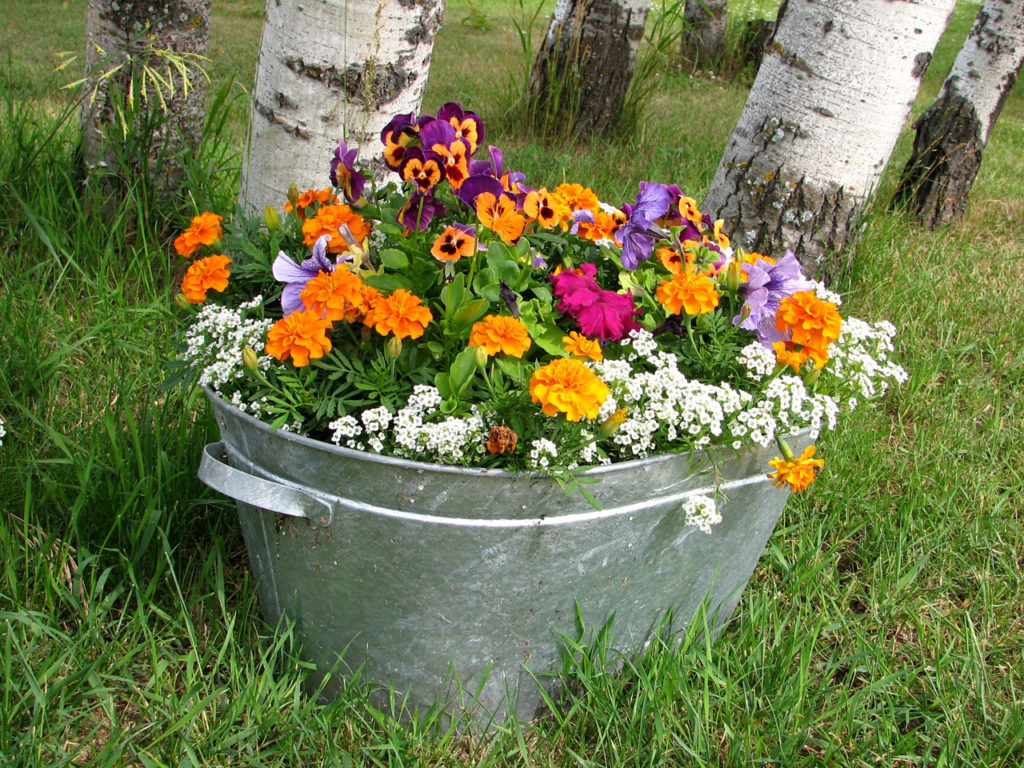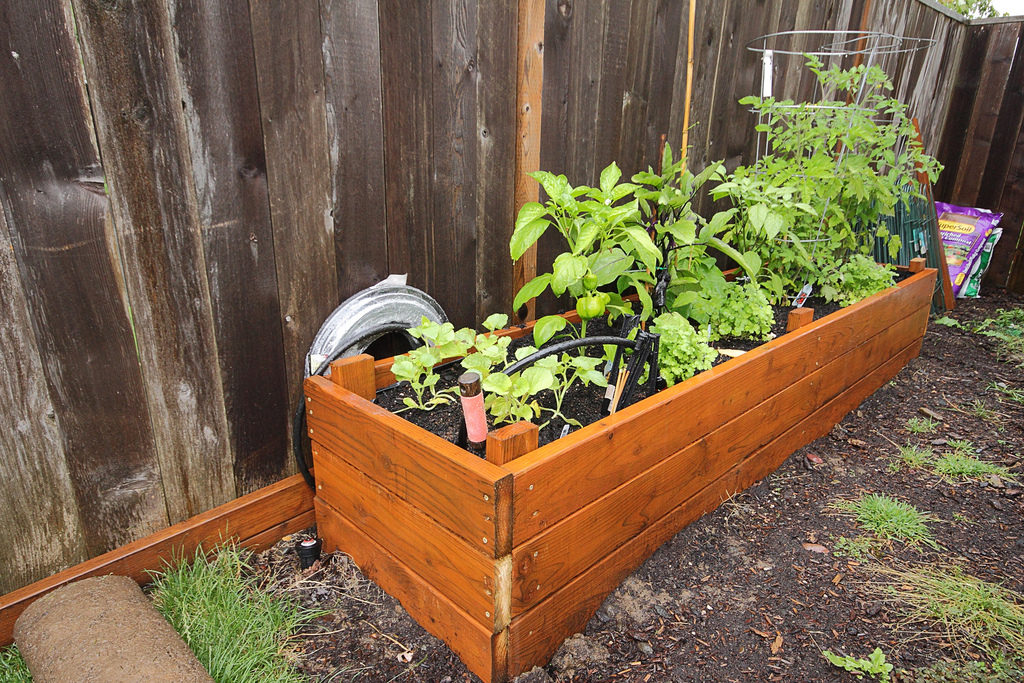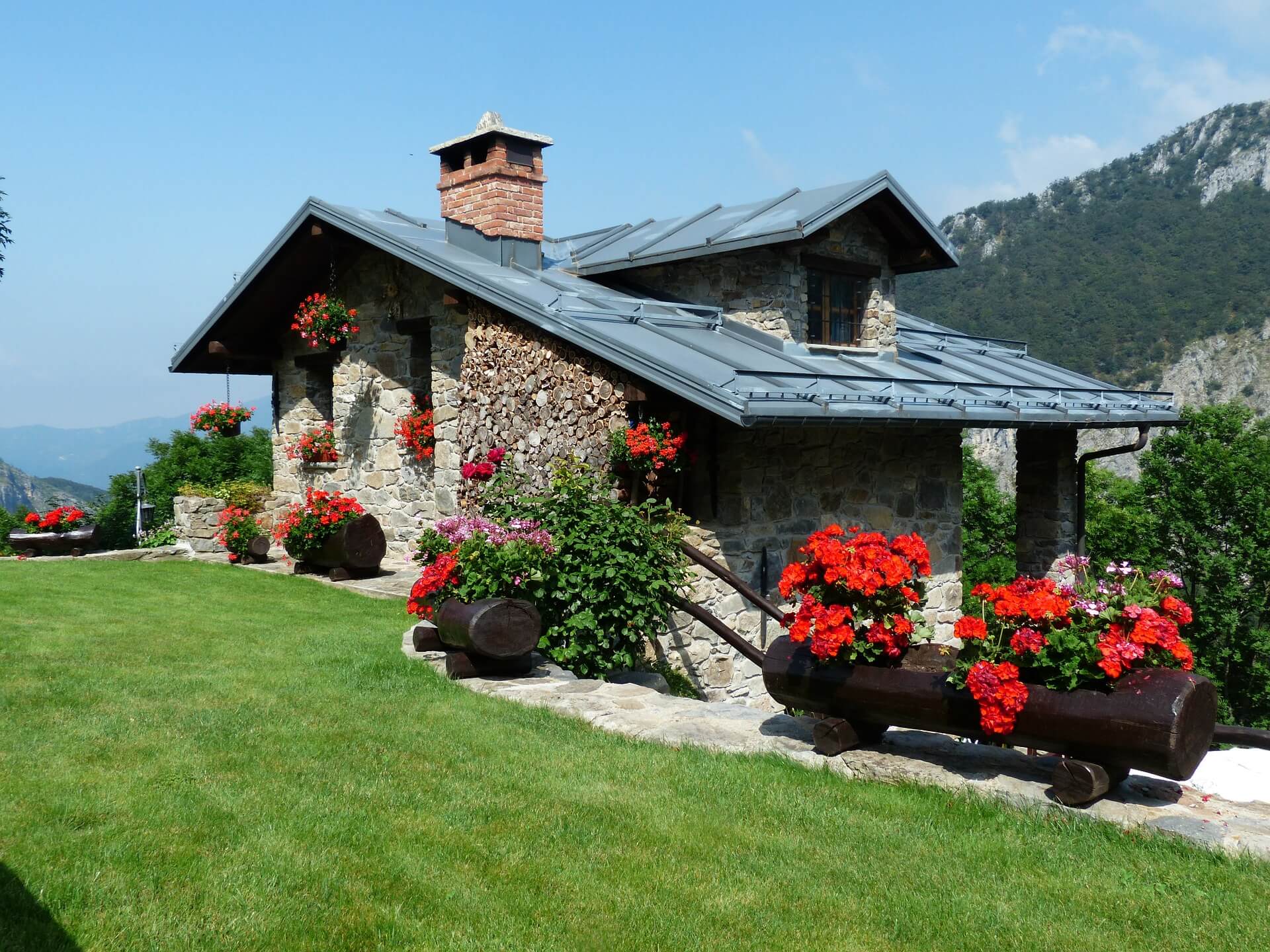
There are two essential things to successfully choose a container for use in a container garden: size and material. The size of the content relates to the optimal growth of the plant. Choose one that’s too small, and your plant might not reach its full potential. The material, of which the container is made, is of almost equal importance. Which material works best depends on the situation.
Larger perennial plants (those that grow for more than one season) do quite well in a large wooden container. Most container gardeners prefer wood for use with perennials. It’s also a good choice for plants that will be grown outside in a visible location.
Read also: 3 Amazing Flower Street Garden – How To Design
Although wooden containers tend to be more expensive than other materials, the cost is balanced by their extreme durability.
Should the wood be treated? Yes and no. Yes for the outside, no for the inside of the container. If the inside is treated, the chemicals could leach into the soil. Remember, whatever is in the soil ends up in the plant. At best, your plant will be damaged. At worst, if it’s an edible plant, it could actually make you ill.
Plastic pots are widely used in container gardens. The main reason for this is cost. Plastic pots are the cheapest option in most cases. There’s nothing wrong with saving money, but plastic may not always be your best choice.
Plastic pots are fine to use if you don’t intend to keep it up. Maybe you don’t even know if you’ll enjoy it or if it will work for you. But if there’s any chance you will continue to garden in the future, you should realize that plastic pots are not very durable.
Read also: 5 Essential Tips To Designing A Beautiful Front Yard Garden
They look durable, but looks can be misleading. Regardless of how thick or hard the plastic seems to be, outdoor elements can quickly crack and warp this type of container. Once the pots are damaged, they’re essentially useless. Not much future in cracked pot gardening.
Pots made from terra cotta clay are also quite inexpensive. The only plastic is cheaper. Unfortunately, clay can be delicately made and easily broken. This material doesn’t handle freezing temperatures very well either. If your area experiences below-freezing weather, plants in terra cotta containers should be brought indoors during the winter.
Okay, so far wood is expensive, plastic is cheap and clay can break. What’s next? You can often do well with fired ceramic pots. Sometimes they are somewhat delicate but relatively durable. Look for the glaze on the outside with unglazed insides. The outside glaze enhances appearance, but inside glaze could leach into the soil.
Read also: Does Organic Gardening Improve Soil Quality?
Another option is to construct containers from things around your home. If you find something large enough for the plant, cut some drainage holes in the bottom and you’re good to go. The possibilities are wide open. Milk jugs, soda bottles, and even margarine tubs have all been used. For larger plants, trash cans and plastic tubs could work.
If you really want to go minimalist, then use a bag of soil. Cut a hole in the bag and plant something in the exposed soil. This simply proves that almost anything can be used. Just make sure it’s big enough for the plant, will last as long as you want it to, and allows for proper drainage.
Read also: Lawn Care Maintenance Services And Tips

























